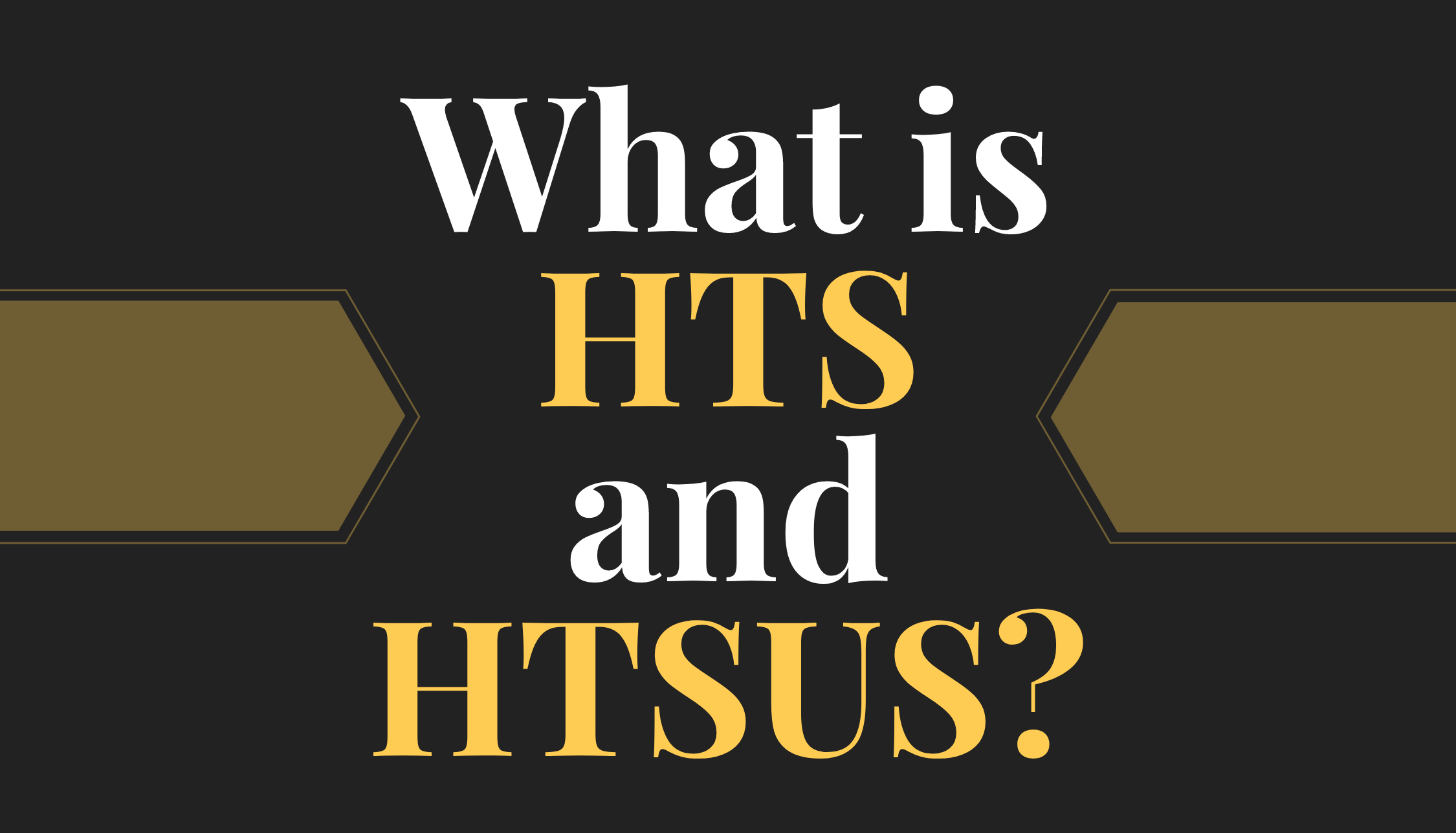Harmonized Tariff Schedule (HTS) codes identify all internationally traded goods and are the same for all countries that use the HTS, while HTSUS codes are specific to the United States.
Harmonized Tariff Schedule (HTS) Codes
HTS codes are an essential global tool; over 170 countries participate in the HTS system. The World Customs Organization (WCO) maintains the Harmonized Tariff Schedule (HTS).
The HTS is primarily used to identify products and secondarily as a tariff system on imported goods. Using the wrong HTS will result in an incorrect payment of duties. Incorrect codes create issues for U.S. Customs and Border Protection (CBP), resulting in penalties for failing to provide correct and accurate information.
The first six digits of the HTS code identify all items in international trade and are the same for all countries that use the HTS. The last four digits are country-specific. HTS codes determine the duty rate that should be charged on specific imported products. All goods must have an HTS code documented to make entry.
Importers are expected to document the correct HTS classifications on import entries and ISF security filings. Ensure that accurate information about your products is reported to CBP. Don’t rely on third parties to provide HTS classifications on your behalf.
HTS codes are not static. The HTS is updated and changed to allow for new product innovations and technology. When an HTS code is created in the U.S., it has an expiration date to allow for updates. The correct classification of imported goods is an ongoing project, so importers should review HTS codes at a minimum annually.
Harmonized Tariff Schedule of the United States (HTSUS) Codes
The Harmonized Tariff Schedule of the United States (HTSUS) is a classification system that identifies imported commodities and determines tariff classifications for goods based on the HTS.
A ten-digit HTSUS code is assigned to every product imported into the U.S. and determines duty rates for goods. Classification is determined based on a product’s name, use, and material used.
HTSUS codes are similar to HTS codes. The primary difference between HTSUS codes and HS codes is that HTSUS codes are specific to the United States of America.
The History of HTSUS Codes
HTSUS replaced the TSUS system on August 23, 1988, when the United States implemented the Omnibus Trade and Competitiveness Act. HTSUS was created to replace the Tariff Schedules of the United States under subtitle B of title I of the Omnibus Trade and Competitiveness act of 1988.
Anatomy of the HTS Code
Here is an example: 3901.10.00.00 designates plastics and articles thereof, specifically polymers of ethylene, in primary forms.
- The first two digits (39) of this classification are a reference to the appropriate chapter.
- The first four digits together (3901) detail the article’s heading within that chapter.
- The last six digits (10.00.00) refer to the applicable subheadings specific to each country.
The first six digits are harmonized with every country that participates in this classification system, but the last four vary from nation to nation. The first six digits are for classification, and the last four digits refer to applicable duties that are individually established by each country. In the United States, the last four digits make the HTS code become an HTSUS code.






![[Webinar] How Could Changes to De Minimis Impact Your Company?](https://traderiskguaranty.com/trgpeak/wp-content/uploads/2025/05/trg-how-de-minimis-impacts-customs-bond-webinar-400x250.png)
